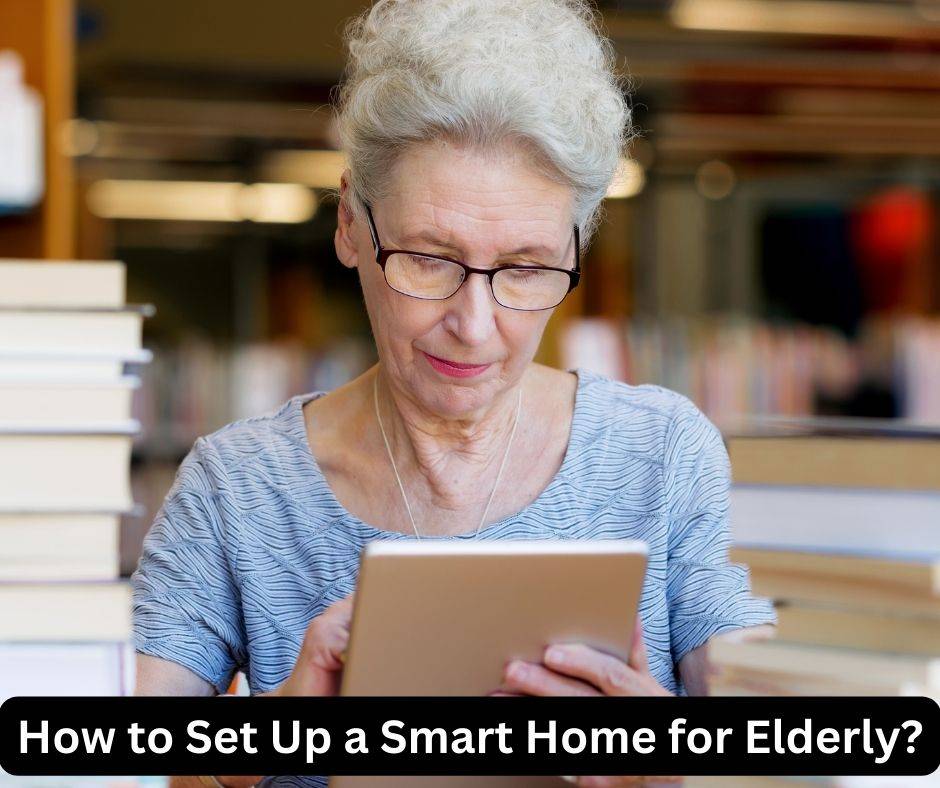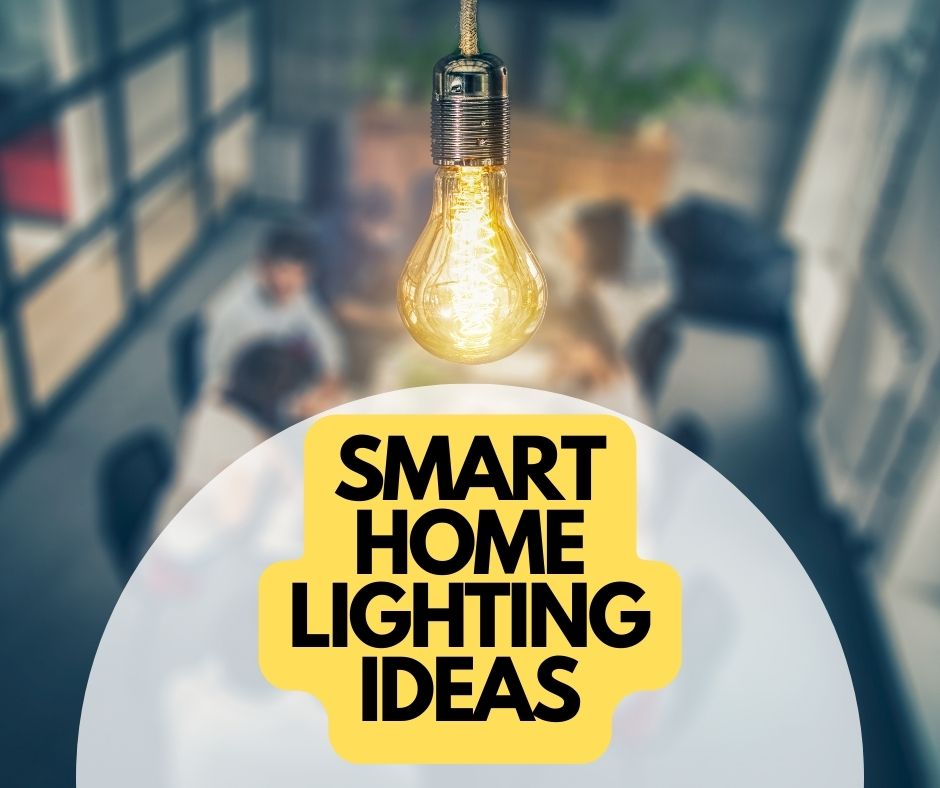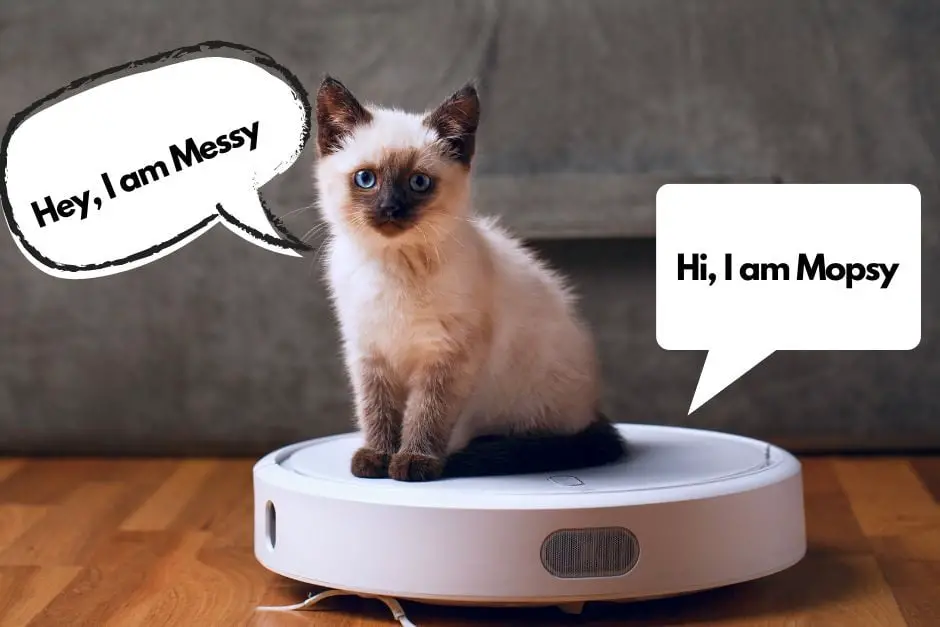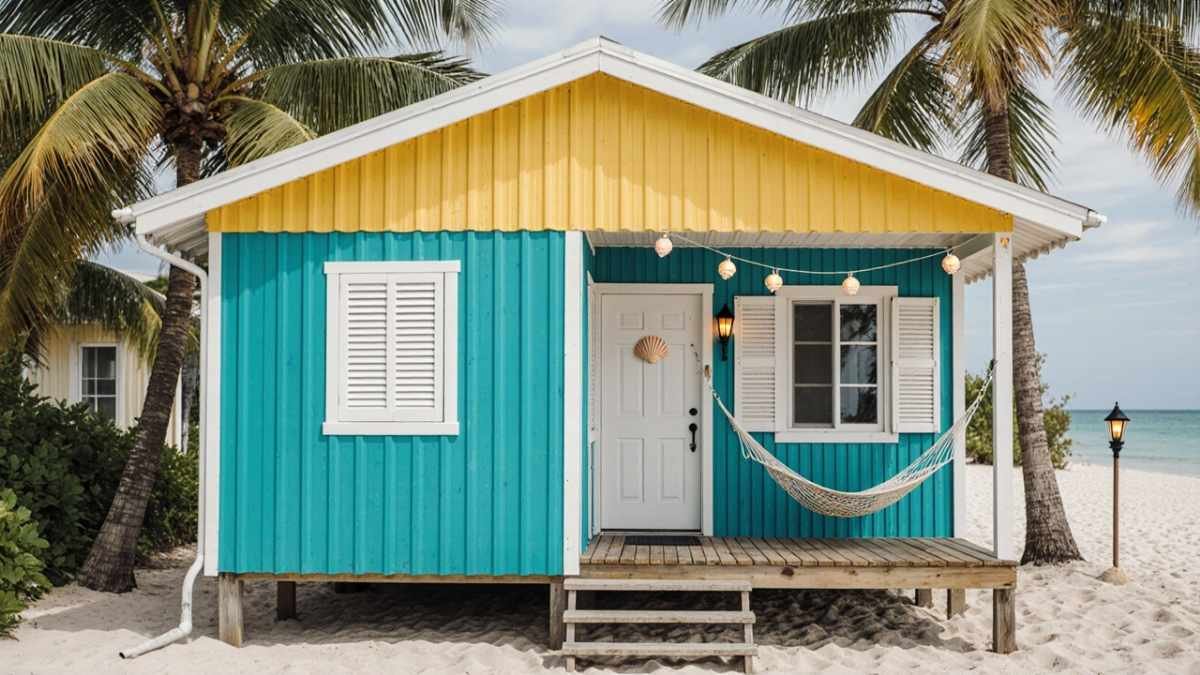
As the population continues to age, the need for accessible and convenient technology in the home becomes increasingly important. According to a study by the Pew Research Center, nearly 90% of adults over the age of 65 own a smartphone, and a growing number are utilizing smart home technology to improve their daily lives.
But for elderly and disabled individuals, smart home technology offers more than just convenience. It can provide added safety, security, and independence, allowing them to continue living in their own homes for longer periods of time.
One study found that smart home technology, such as motion sensors and fall detection devices, can reduce the risk of falls among older adults by up to 50%. Another study found that smart home technology can improve the quality of life for disabled individuals, providing them with increased control over their environment and daily activities.
In this blog post, we will discuss the benefits of smart home technology for elderly and disabled individuals, and provide tips for incorporating it into your home. From voice-activated assistants to accessible appliances, smart home technology has the potential to greatly improve the lives of those with mobility limitations.
How Technology is Transforming Home Care?
Technology is rapidly transforming the way we approach home care for elderly and disabled individuals. From smart home technologies to telehealth services, there are a multitude of innovations that are making it easier and more efficient to provide care in the comfort of one’s own home.
According to a recent study, the global smart home market is expected to reach $74.61 billion by 2023, with a CAGR of 17.8% during the forecast period of 2018-2023. This growth is driven by an increasing demand for home automation solutions, as well as an aging population and a rise in chronic diseases.
Related Post: Smart Home Devices for Elderly
Benefits of Smart Home Technology for Elderly and Disabled
As technology continues to grow and expand, so do the ways it can be used to improve our lives. Smart home technology is no exception, offering a range of benefits that are especially beneficial for the elderly and disabled. From improved safety and security to convenience and accessibility, smart home technology can make life easier and more enjoyable for those who need it most.
Improved safety and security:
By utilizing smart home technology, elderly and disabled individuals can monitor their homes and receive alerts if there are any potential safety issues. This can include things like detecting water leaks, carbon monoxide levels, or even alerting caregivers if the individual hasn’t moved for a long period of time.
Home automation can provide added security for older adults and individuals with disabilities, such as door and window sensors, security cameras, and medical alert systems. For example, a study by the University of California found that the use of smart home technology, such as fall detection devices, reduced the number of fall-related injuries in older adults by 30%.
Enhanced mobility and accessibility:
Smart home technology can help improve mobility and accessibility for individuals with disabilities, such as remote-controlled door locks, voice-activated lighting and thermostats, and stairlifts. University of Pittsburgh researchers found that the use of smart home technology, such as remote-controlled door locks, improved mobility and accessibility for older adults with mobility limitations.
Increased independence and control:
Home automation enables elderly and disabled individuals to control and manage their homes without needing assistance from others. For example, they can use voice-controlled assistants to turn on and off lights, adjust the thermostat, and even make phone calls without having to physically move or search for a phone.
This can help them maintain their independence and autonomy, even if they have mobility or dexterity issues.
A study by AARP found that 90% of seniors who use smart home technology feel more independent and able to live in their own homes for longer periods of time.
Improved health and well-being:
Smart home technology can help older adults and individuals with disabilities monitor and manage their health, through features such as medication reminders, fitness tracking, and vital sign monitoring. Research conducted at the University of Wisconsin found that the use of smart home technology, such as medication reminders, improved medication adherence and overall health outcomes for older adults with chronic conditions.
Smart home technology can provide added safety and security for older adults and those with disabilities. Features such as door and window sensors, fall detection, and emergency response systems can provide peace of mind for both the individual and their loved ones.
Better social connectivity and support:
Smart home technology can help older adults and individuals with disabilities stay connected with friends, family, and caregivers, through features such as video calling and messaging. For example, a study by the University of Maryland found that the use of smart home technology, such as video calling and messaging, improved social connectivity and support for older adults with disabilities.
Another study by the American Association of Retired Persons found that seniors who use smart home technology had a higher quality of life and were more engaged with their communities.
What is Included in a Smart Home for Elderly?
Have you ever thought about making your home smarter for your elderly or disabled loved ones? It’s amazing how technology has come a long way in making our homes more accessible and safer for seniors. Here’s what a smart home for the elderly and disabled could include:
Automated lighting: Imagine your loved one never having to struggle with flipping light switches or reaching for a lamp. With automated lighting, they can simply use their voice or a remote to turn on or off the lights. And, with smart bulbs, you can even set up schedules for the lights to turn on and off automatically.
According to a study by the American Geriatrics Society, poor lighting is a major contributor to falls among seniors. So, not only does automated lighting make life easier for seniors, but it can also help to prevent accidents.
Security systems: Smart security systems offer added peace of mind for both seniors and their caregivers. With features like motion-sensor cameras, door and window sensors, and even medical alert buttons, seniors can feel safe and secure in their own home.
Plus, with remote access, caregivers can check in on their loved ones from anywhere and be alerted if there is an emergency. And, according to a study by the National Council on Aging, seniors who feel safe and secure are more likely to maintain their independence and continue living at home.
Smart appliances: From refrigerators that remind seniors to take their medication, to washers and dryers that can be controlled remotely, smart appliances make daily tasks easier and more manageable for seniors. And, with energy-efficient features, they can also help to save on utility bills.
Smart thermostats: With smart thermostats, seniors can easily control the temperature in their home without having to get up and adjust the thermostat manually. And, with features like automatic scheduling and remote access, caregivers can also adjust the temperature remotely to make sure their loved one is comfortable.
Mobility aids: For seniors with mobility issues, smart homes can include things like automatic door openers, stairlifts, and even robot assistants to help with tasks like fetching items or reminding them to take their medication. With these technologies, seniors can maintain their independence and continue to live comfortably in their own home.
How to Set Up a Smart Home for Elderly?

Getting started with smart home technology for the elderly and disabled can be intimidating, but with the right information and support, it can be a breeze! Let’s take a look at how to get started with the process.
A. Evaluating Needs: The first step in getting started with Smart Home Technology is to evaluate the needs of the elderly. What are the specific challenges they’re facing? Are they having trouble with mobility, managing household tasks, or staying connected? Or maybe all three?
Identifying the specific needs of the individual will help you determine which smart home technologies would be best suited for them. For example, if they need help with mobility, you might consider a voice-controlled home assistant or a robotic vacuum.
B. Research Options: Once you’ve identified the individual’s needs, it’s time to research the different smart home technologies on the market. Have a look at what’s available, read reviews, and compare features. There are tons of products out there designed specifically for elderly and disabled individuals, so you’re sure to find something that will meet their needs.
C. Choosing Smart Home Technology: Once you’ve narrowed down your options, it’s time to choose the best technology for your needs. Consider factors such as ease of use, reliability, cost, and compatibility with existing systems. You also want to make sure you’re choosing technology that is designed for the elderly or disabled.
D. Installation and Setup: Once you’ve selected the right technology, you’ll need to install it and set it up. Depending on the type of technology, you may need to hire a professional to do this for you. Or if you’re feeling brave, you can attempt to do it yourself. Either way, make sure you have a clear understanding of how it works and how to use it before you get started.
E. Train the elderly person on how to use the equipment: Once the equipment is installed and tested, it’s important to train the elderly person on how to use it. This may involve showing them how to control the devices with their voice or a smartphone app, or demonstrating any other features that may be useful to them.
F. Connecting Devices: Once the equipment is installed and set up, the next step is to connect the devices so they can work together. This is known as “smart home automation” and it allows the devices to communicate with each other and perform certain actions automatically. For example, you can set up a smart home automation system for the elderly and the disabled so that when they unlock the front door, the lights in the hallway turn on automatically. To connect the devices:
- Use a smart home hub: Most smart home devices can be connected to a central hub, which acts as the brains of the system. The hub allows the devices to communicate with each other and allows you to control the devices with your voice or a smartphone app.
- Follow the instructions: Each device will come with instructions for how to connect it to the hub. Follow these instructions carefully to ensure that the devices are connected properly.
- Test the connections: Once the devices are connected, it’s a good idea to test them to make sure they’re working properly. This may involve using the voice or smartphone app to check if they are working as intended.
Getting started with smart home technology for the elderly and disabled can seem daunting, but with the right information and support, you can make the process simple and stress-free. So take the time to evaluate your needs, research your options, choose the right technology, and install and set it up. Before you know it, you’ll have a smart home that’s tailored to the needs of your elderly and disabled family members.
FAQs
Can a smart home be set up for an elderly or disabled individual without technical expertise?
Yes, a smart home can be set up for an elderly or disabled individual without technical expertise. Many smart home devices come with easy-to-follow instructions for installation and setup, and there are also professionals who can help with the installation process if needed.
What are some common types of equipment used in a smart home for elderly and disabled individuals?
Some common types of equipment used in a smart home for elderly and disabled individuals include smart locks, security cameras, thermostats, lighting systems, and smart speakers. These devices can be controlled and monitored remotely, allowing the individual to easily access and control their home environment.
What is the cost of a smart home for elderly?
The cost of a smart home for an elderly person can vary depending on the specific equipment and devices that are chosen. Some basic equipment, such as a smart lock or security camera, may cost a few hundred dollars, while a more comprehensive smart home system with multiple devices could cost several thousand dollars.
It’s also important to consider any ongoing costs, such as monthly fees for cloud storage or subscription services. It’s best to research and compare the costs of different equipment options to find the best fit for your budget and the needs of the elderly person.







